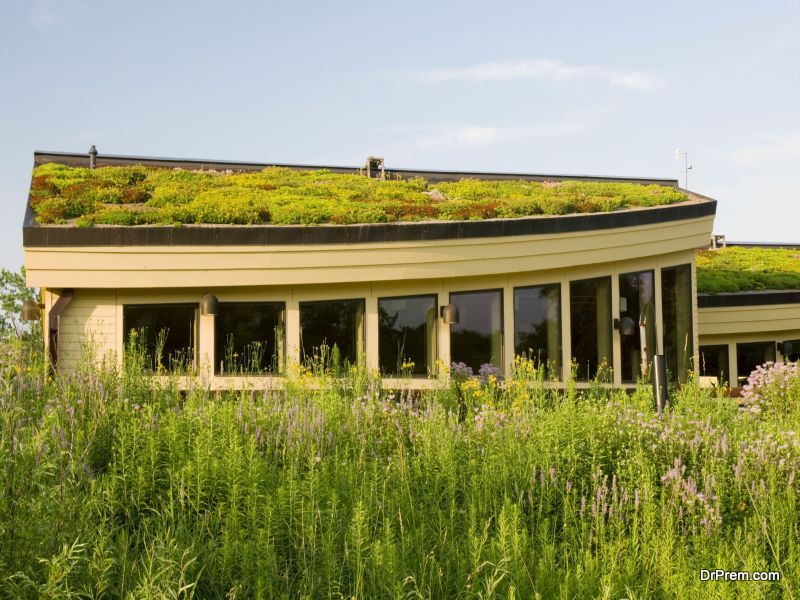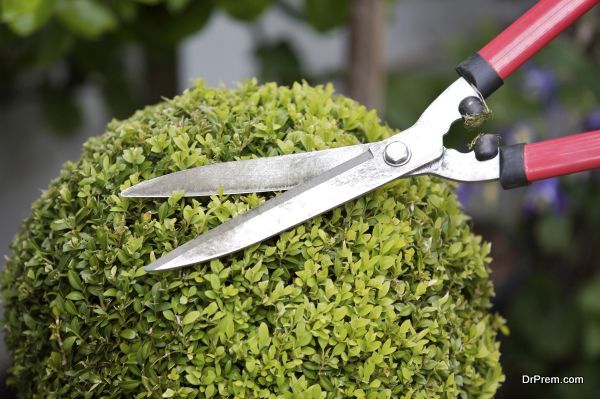As the mercury rises, so does the desire to keep our homes comfortably cool. Traditional air conditioning can be a drain on resources and the environment, pushing us to seek eco-friendly cooling solutions. These innovative methods not only reduce our carbon footprint but also blend perfectly with a modern, sustainable lifestyle. Let’s dive into some cool, green ways to beat the heat.
1. Natural Ventilation: The Art of Airflow
Before the age of air conditioning, homes were designed to stay cool naturally. By understanding the direction of prevailing winds and incorporating architectural features like large windows on opposite walls, you can create a cross breeze that effectively lowers indoor temperatures. This method harnesses nature’s own cooling system, using no additional energy resources.
2. Thermal Mass Building Materials
Materials such as concrete, brick, and stone can absorb and store heat during the day and release it at night. By integrating these materials into your home’s design, you can naturally regulate indoor temperatures. While the initial retrofit may seem daunting, the long-term energy savings and comfort are well worth the effort.
3. Seeking Professionals for Maintenance
For those occasions where natural and alternative cooling solutions may not be enough, seeking professional guidance can ensure your home remains comfortable without compromising eco-friendly efforts. Services tailored to your specific needs can provide efficient cooling solutions. For instance, consulting with an experienced air conditioning service in Pasadena could offer insights into optimizing your current system or exploring new, sustainable air conditioning options.
4. Green Roofing and Walls
A green roof or a living wall serves a dual purpose. Not only does it beautify your space, but it also acts as an excellent insulator, reducing heat absorption through the roof or walls. This natural insulation can significantly decrease your home’s internal temperature, particularly during those sweltering summer months.
5. Shade and Landscaping
Strategic placement of trees, shrubs, and vines around your home can provide natural shade and cooling. Deciduous trees, which lose their leaves in winter, offer shade during summer while allowing sunlight to warm the house in colder months. This living shade is a picturesque and practical solution to reduce your cooling requirements.
6. Smart Home Technology
While not directly a cooling method, integrating smart home technology can optimize your existing systems. Smart thermostats can learn your schedule and preferences, adjusting your home’s temperature to be cool when you’re there and saving energy when you’re not. Couple this with energy-efficient fans, and you’ve got a system that’s both smart and sustainable.
7. Evaporative Coolers: A Natural Alternative
Evaporative coolers, also known as swamp coolers, use the natural process of water evaporation to cool the air. This method is most effective in dry climates and consumes far less electricity than traditional air conditioning. It’s a refreshingly simple solution that adds moisture to the air, which can be a bonus in arid regions.
8. Energy-Efficient Windows
Upgrading to energy-efficient windows is another effective way to cool your home more sustainably. These windows are designed to prevent heat gain inside your house without compromising on light. By using double or triple-pane windows filled with inert gas and coated with special low-emissivity (low-E) coatings, you can block out the summer heat while keeping your indoor air cool.
9. Cool Roof Technology
Cool roofs are designed to reflect more sunlight and absorb less heat than a standard roof. This concept can be achieved with special reflective paints, a roof cover with reflective tiles or shingles, or even planting a green roof. By reducing your home’s heat gain through the roof, your indoor spaces stay cooler, naturally.
10. Use of Ceiling Fans
Though often overlooked, ceiling fans are a great way to enhance the efficiency of your home cooling efforts. Working in tandem with other cooling methods, fans help circulate air throughout your rooms, creating a wind chill effect that makes you feel cooler. This can allow for raising the thermostat setting about 4 degrees with no reduction in comfort.
11. Phase Change Materials (PCMs)
Integrating Phase Change Materials (PCMs) into building structures is a cutting-edge approach to passive cooling. These materials absorb, store, and release heat as they fluctuate between solid and liquid states, thus maintaining comfortable indoor temperature ranges with minimal energy use. PCMs can be incorporated into walls, floors, and even furniture to help keep indoor spaces cool throughout the day.
Conclusion
Adopting eco-friendly cooling solutions represents a shift towards sustainability, without compromising on comfort. While some methods may require significant initial changes, the long-term benefits of a cooler, greener home are undeniable. By choosing to use less energy for cooling our homes, we contribute to a larger effort of conserving our planet’s resources. It’s a refreshing thought that by staying cool, we can also keep our earth cool.
Article Submitted By Community Writer




